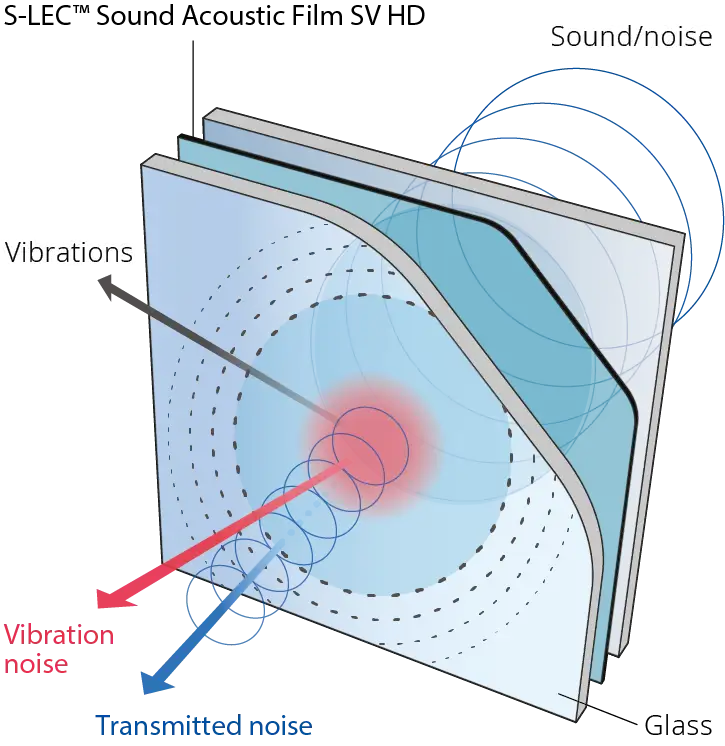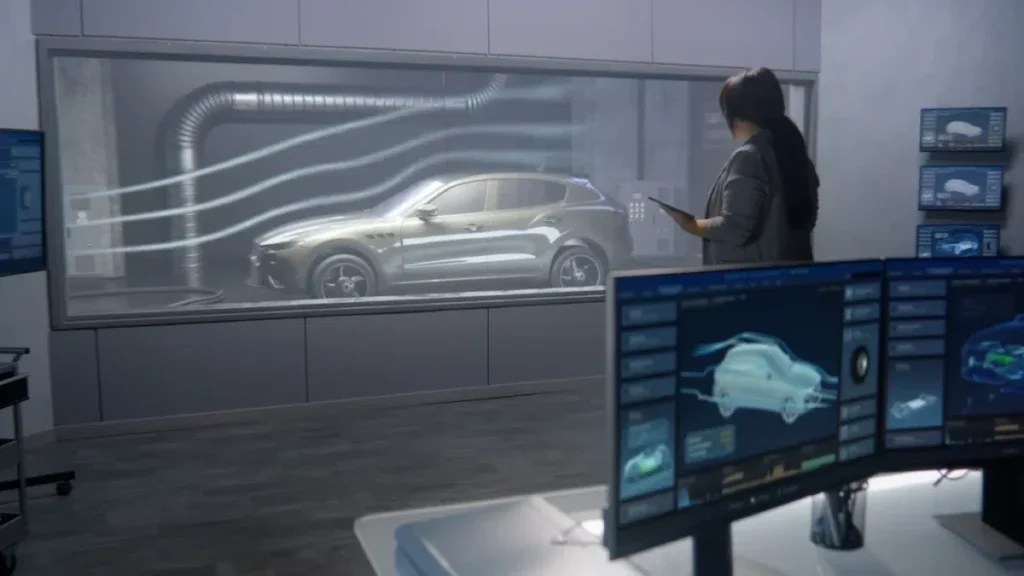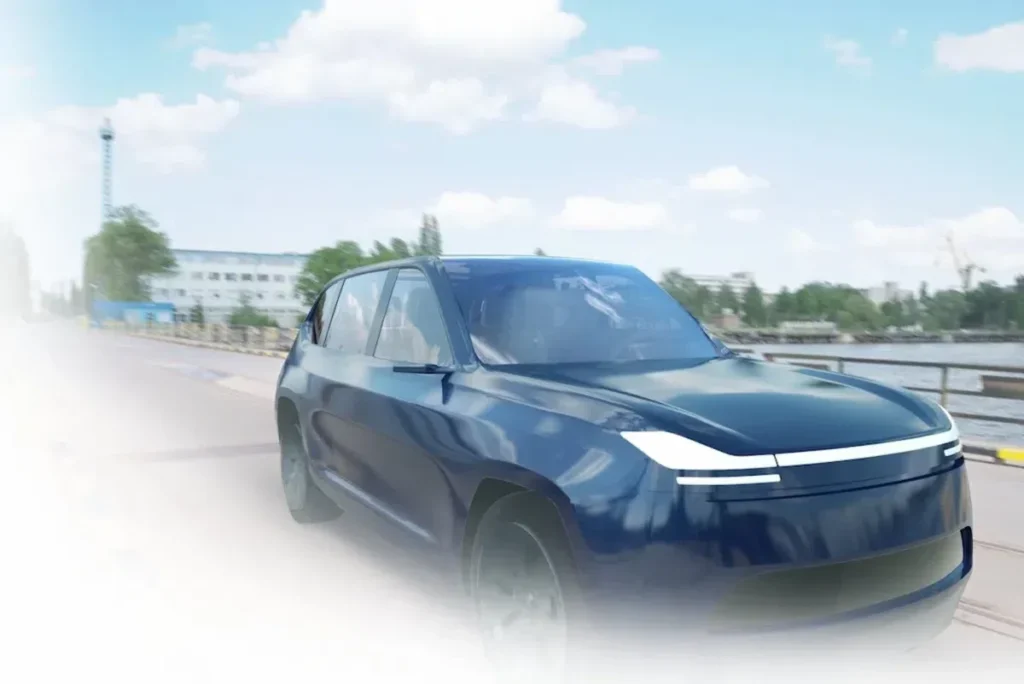- Industries
- Solutions
- About SEKISUI S-LEC
- Downloads
- Contact Us
- What’s NEW


S-LEC™ Sound Acoustic Film is mainly used for windshields. In recent years, there has been an increasing demand and usage of laminated glass with sound insulation in the side doors, and roof glass in addition to the windshield to improve the sound insulation of the entire vehicle.
Electric vehicles, which are becoming increasingly popular, are designed so that the windshield, roof glass and rear glass appear as one single pane of glass spanning over the entire vehicle. As the glass parts of these vehicles are much larger than those of conventional vehicles, the noise that enters through the glass surface also increases.
While applying more sound-insulating laminated glass is one solution to improve sound insulation, SEKISUI S-LEC constantly tries to further improve the performance of sound insulation glass with our interlayer technology to improve the sound insulation of vehicles around the globe.

The primary sources of noise in cabins are said to be noise entering through the glazing, as well as noise transmitted through vehicle body panels. There is also pseudo-noise. These are air turbulence vibrations impacting vehicle windshields and windows. The turbulence is created as air passes over the hood, windshield wipers, A-pillar, and side-view mirrors.
Our SV grade, the high damping performance grade of S-LEC™ Sound Acoustic Film, significantly reduces vibration noise. Using the acoustic interlayer film not only in windshields but also in side windows dramatically enhances cabin quietness and comfort, making driving an unprecedentedly luxurious experience.

When testing S-LEC™ Sound Acoustic Film SV Grade, the high damping performance grade, on the windscreen and side windows of a large SUV in a wind tunnel, we could confirm that the use of the SV grade improved the sound insulation of the car by up to 2.3 dB at high speeds compared to using standard acoustic laminated windows. In addition, we could confirm 3.3% improvement in terms of the Articulation Index (AI) value. The AI is used to quantify the ease of conversation inside the vehicle achieved by good sound insulation.
Especially in vehicles with high air resistance, such as SUVs, vibration noise caused by glass vibration from wind knocking on the glass becomes stronger during driving. SV grade can be applied to decrease this effect to achieve better sound insulation by the high damping performance.
Please contact us if you’d like to get more information on our vehicle test data and test results.

Environmental measures for reducing CO2 emissions are key topics for all car manufacturers worldwide. As the size of glass tends to increase, thinning (lightening) of glass is attracting attention as one way to reduce the environmental impact of manufactured vehicles. On the other hand, the challenge is that thinner glass increases the amount of noise entering the vehicle.
Thanks to the damping performance, laminated glass using the SV grade is increasingly being adopted as an item that contributes to quieter vehicle interiors when glass is made thinner than conventional acoustic laminated glass, and to the environment through reduced glass weight. Glass weight reduction lowers the vehicle’s overall center of gravity and contributes to improved dynamic and stable driving performance.
We offer you our flexible services and customization possibilities. Include our consultancy team in the design phase of your project. This way, we can offer you our assistance in developing a tailor-made solution that suits your requirements. With our multiple production sites around the globe, there is always an opportunity to introduce you to one of our experts nearby.
Please fill in the below contact form if you would like to know more about our solution.
